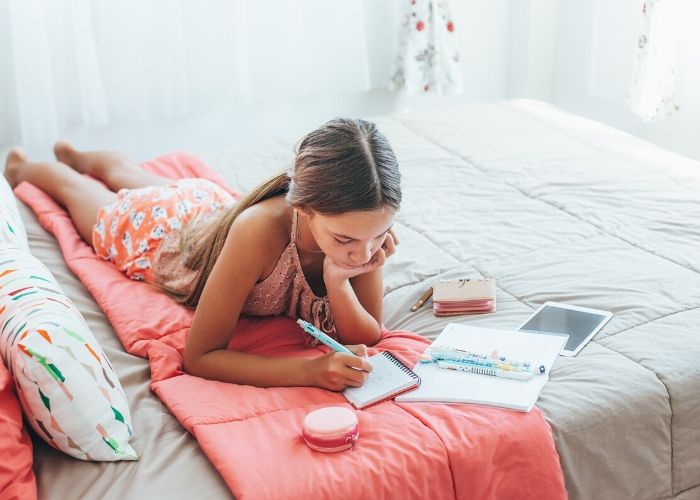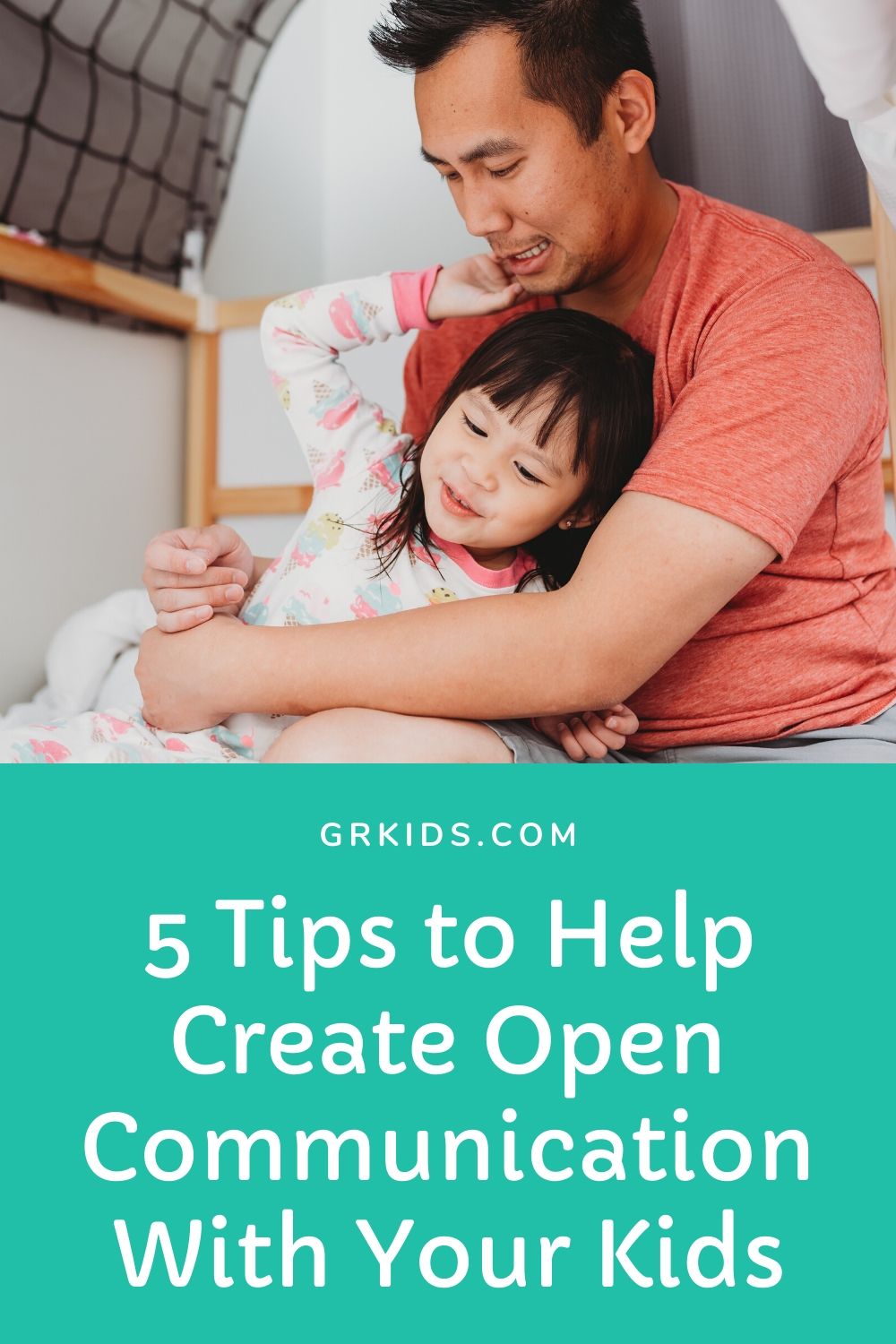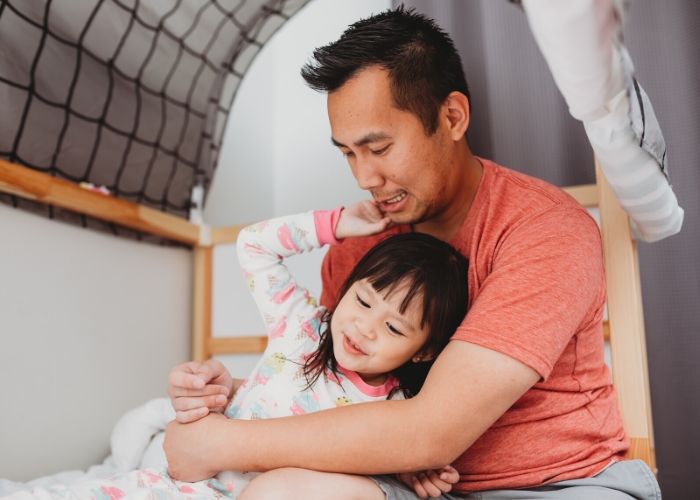We All Know How Important it is to Talk to Our Kids
It’s important to talk to our kids about both the little things.
Normally, we’d ask them about little things like:
- What are you learning at school?
- Who did you play with today?
- What days would you like to get hot lunch this week?
And we’d like to talk to them about the bigger things:
- What would you do if you saw a friend getting bullied?
- What are we going to do about your F in math?
- How are you feeling about our dog dying?
However, finding the time to talk one-to-one with your kids can be a challenge. And even when you do find the time, not all kids respond well to the “sit down and talk it out” routine anyway.
5 Communication-Building Strategies
Hopefully, this article will provide you with creative ideas for talking to your children about both the little things and the big things.
Because it’s important to talk to our kids about, well, everything.
Pick the Right Time and Place to Talk
Oftentimes kids don’t do well when they feel like they are being put on the spot.
Finding the right time and place to talk is key.
I generally have the most luck talking to my kids while we are doing something else (riding in the car, shooting baskets in the driveway, or taking a walk). Meals can be a good time to talk about things, too.
If it’s more of a “biggie” that you need to talk about, make sure there are no other distractions (such as little brothers or sisters!).
Rediscover the Lost Art of Letter Writing
I started letter writing notebooks with both of my kids a couple of years ago. I would love to say it was my own genius thinking, but I am pretty sure I got the idea from some parenting magazine.
Each child has a spiral notebook with their name on the front and inside, we write letters to each other.
When I have written something in their notebook, I leave it on their pillow. Often it will be a short note telling them I am proud of them for something (winning an award or trying something new). I try to write something around the holidays, too.
Then they write something back to me and leave it on my pillow.
This is not something we do every day—sometimes weeks or even months go by before the notebook reappears. But I know that it’s there as a means of communication and they do, too.

You’ve Got Mail!
Similar to the letter-writing notebooks, setting up a “mail station” in your house is another good option.
Buy those cute little mailboxes for each family member or have one larger mailbox for the whole family.
Anyone can write a note to anyone else in the family.
Have a Date Night With Your Child
We have some friends who do this monthly with all three of their kids.
On or around the date of his or her birthday every month, each child has some special one-on-one time with one parent. They don’t do big things—it’s usually something like taking a bike ride, going to the park, or going out for ice cream.
The idea is to ensure every kid has that individual time with each parent on a regular basis. This gives children more opportunities to speak with their parents without added distractions of siblings or rushing to get out the door for an activity.
I think this idea is brilliant! This is one of those things we started and then forgot to make it happen… and we need to start making it happen again.
Little Things Can Be Big Things
Here are some other ideas for small ways to communicate with your kids:
Lunch box notes (for younger kids who won’t be embarrassed!)
Texts (for older kids)
Leave a note on the bathroom mirror using a dry erase marker.
Make an “I love you because…” sign that you can change when you’d like.
Hide a note in an unexpected place such as their coat pocket, in their underwear drawer, on their chair at the dinner table, or on their pillow.
Communication is Key
Establish good communication from a young age and regularly remind your children that they can talk to you about anything.
This is what I am hoping for with my own family… but maybe check back with me in a few years when my kids are teenagers and ask me how things are going then!
Check out my Pinterest board on family communication ideas for more examples of what I have referenced in this article.








